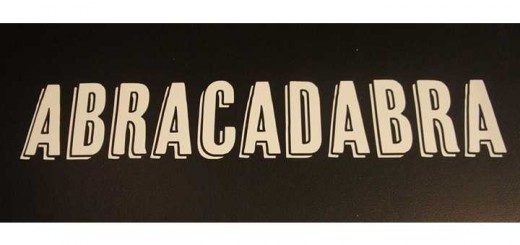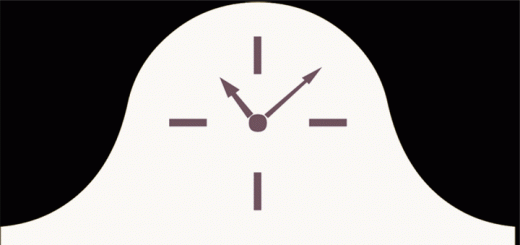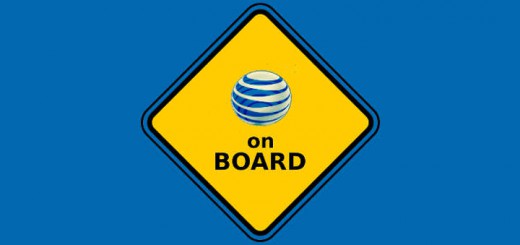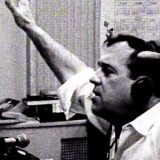When Rapport Turned Into Revenue
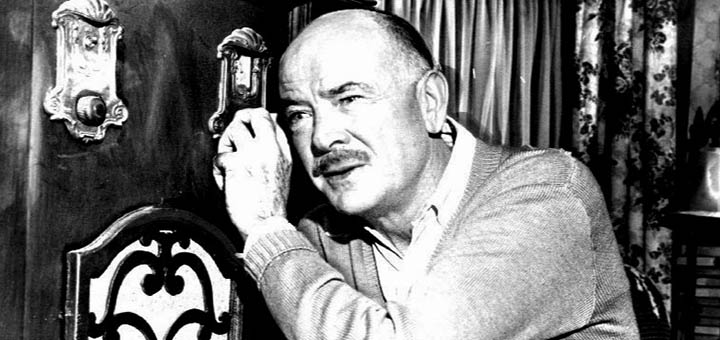 Imagine this podcasting scenario.
Imagine this podcasting scenario.
Your show has a sponsor that picks up a healthy chunk of the cost of each episode. This sponsor chose your show because you (by which I mean you and any co-hosts), the content and the sensibility of your show reflected the sponsor’s brand personality. What’s more, you have a rapport with your audience, and this rapport is so valuable your sponsor insists you deliver any commercial announcements live. You even have the freedom to ad lib around the commercial copy a bit, to warm it up and personalize it.
Nice, huh? You have the freedom to speak to your audience in your own style and, when you’re done, the sponsor cuts you a check.
Okay, I Lied
This is not a podcasting scenario at all. It’s the way most network radio shows were sponsored from the dawn of radio’s commercial era up through the mid-1940s. Advertising agencies created radio programs for their clients, hired the talent, the writers and the production staff, then bought one or more 15-minute blocks of air time from a radio network. The radio networks were in the distribution business. The ad agencies were in the production business. The client was in the funding business.
In recent years, this idea of incorporating a sponsor into a program has been re-discovered and refurbished by film and television producers. They call it “product placement,” which I guess is a better alternative than “that thing they used to do on old-time radio programs.”
Radio dropped this model of advertising for a number of reasons. Television killed off the network radio programs and radio stations switched their focus from programs to formats. There were no shows to sponsor and, even if there were, airtime was too expensive for one sponsor to pay for large blocks of time. Besides, stations made more money by selling their airtime in smaller blocks.
Good for Stations, Not So Good for Sponsors
Instead of having a commanding presence as a partner in content decisions, sponsors became customers. They bought a little airtime here and a little there, but typically they had little contact with the the talent who delivered their commercials. To “break through the clutter,” sponsors produced their commercials. They incorporated music and sound effects. The talent’s only involvement was to cue the engineer to play the commercial, or start the commercial themselves.. Today, at many stations, a production director records commercials that would have been delivered live, “to insure quality.” The on-air talent, or more likely an automation system, merely plays these commercials back. Commercials not only feel like interruptions to the program content, they are often framed that way. They are banished to stop sets, long stretches of back to back to back advertising. The result is an audience-commercial dynamic that is as far from rapport as you can get, since it pits the sponsor against its potential customers.
Podcasting Is Radio Redux
Podcasting is bringing back the rapport, personal connection between talent and listener, that made radio a powerful advertising medium. With thousands of podcasts available, your listeners chose yours because your personality and sensibility resonated with them, giving you the ability to move your listeners to action, action that works to the benefit of your sponsor and, ultimately, to you.
Good grief, let’s not screw this up.
I’ll write about about rapport and sponsorship in part 2.

